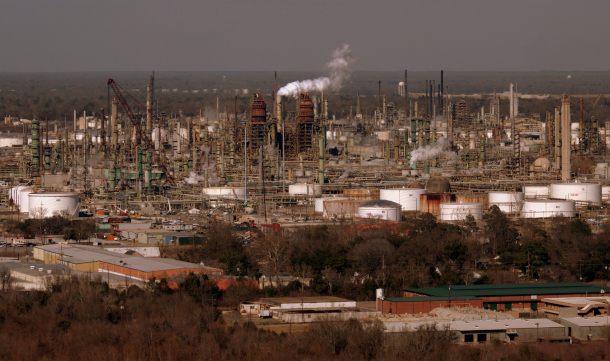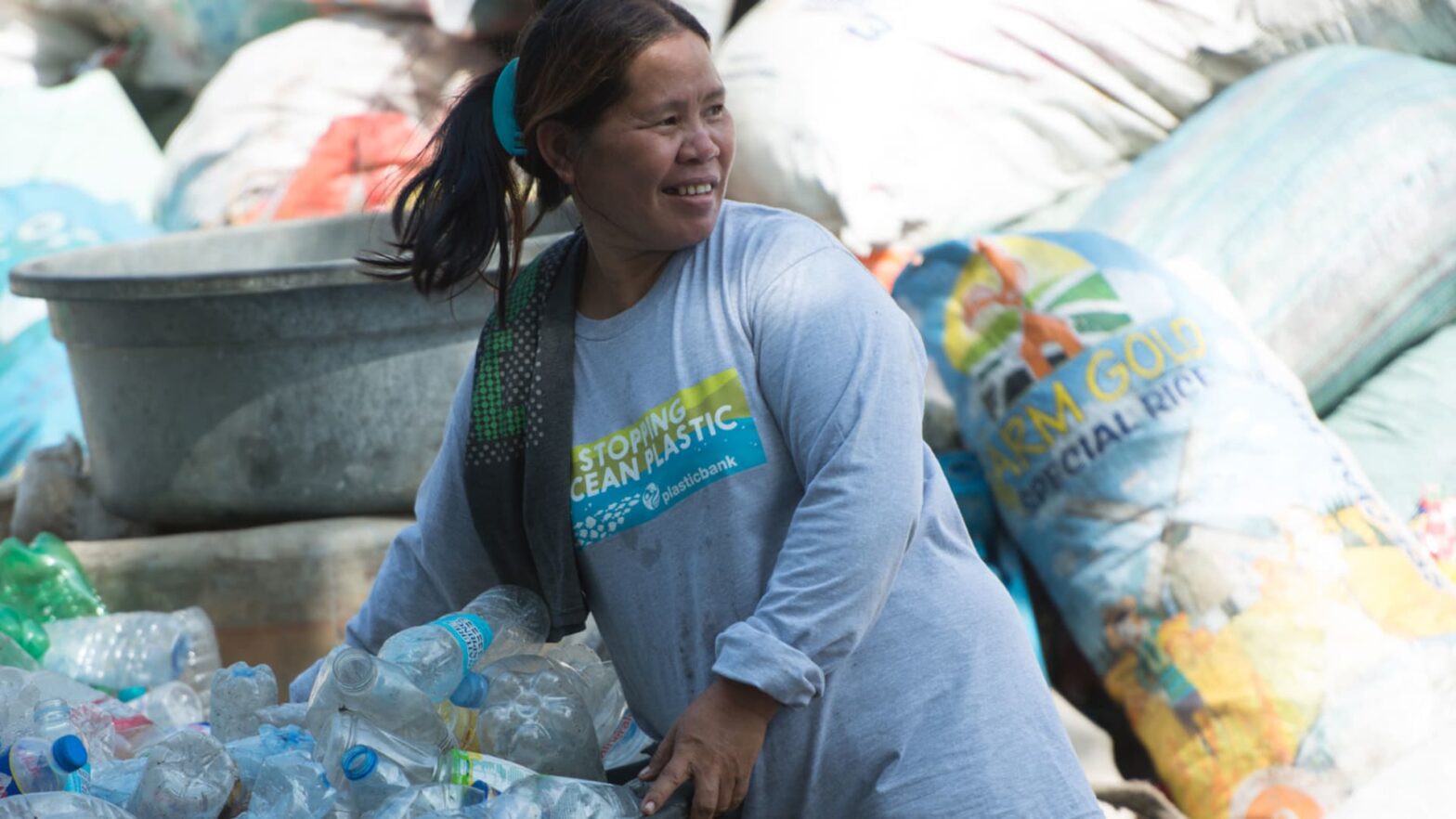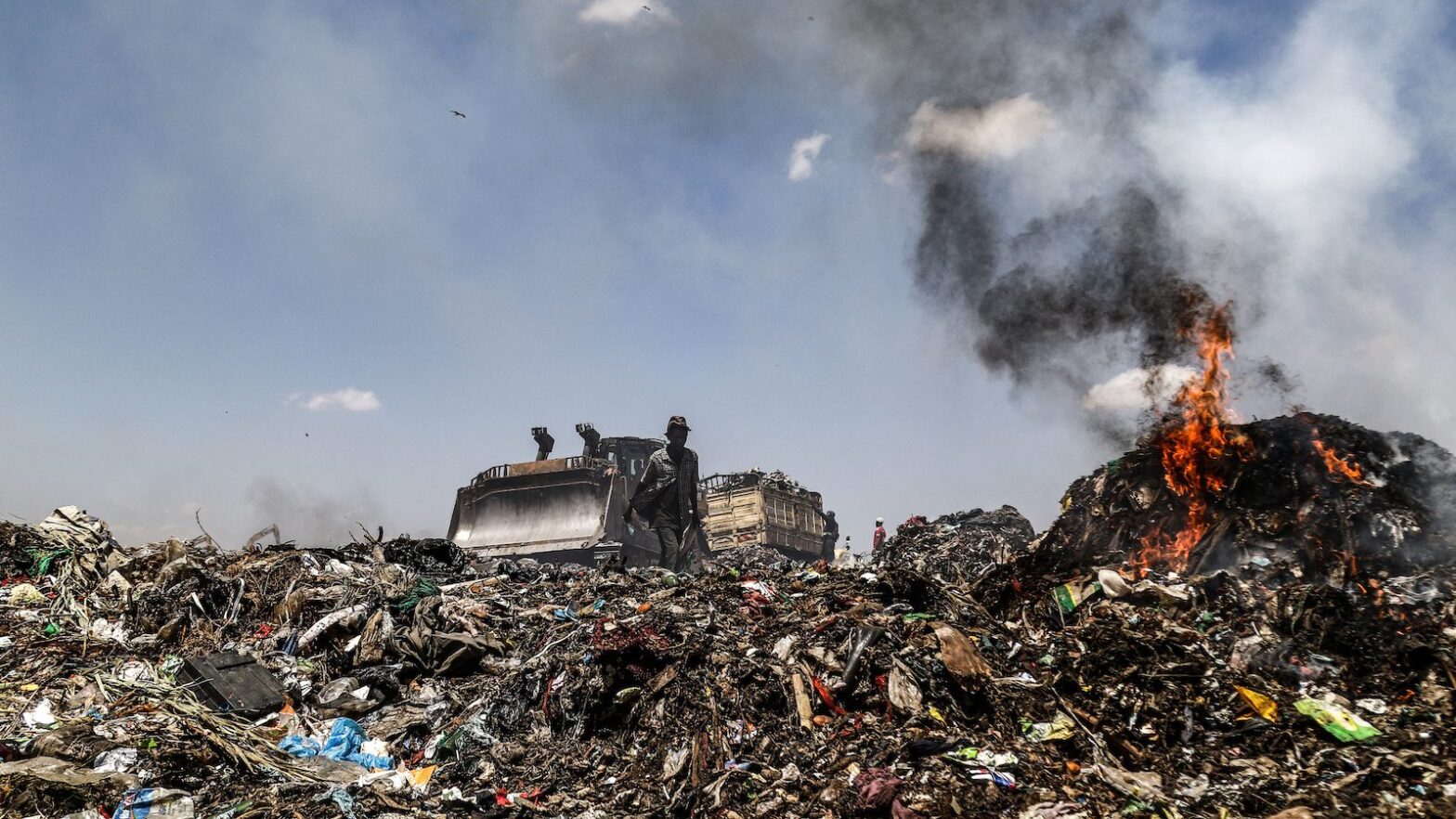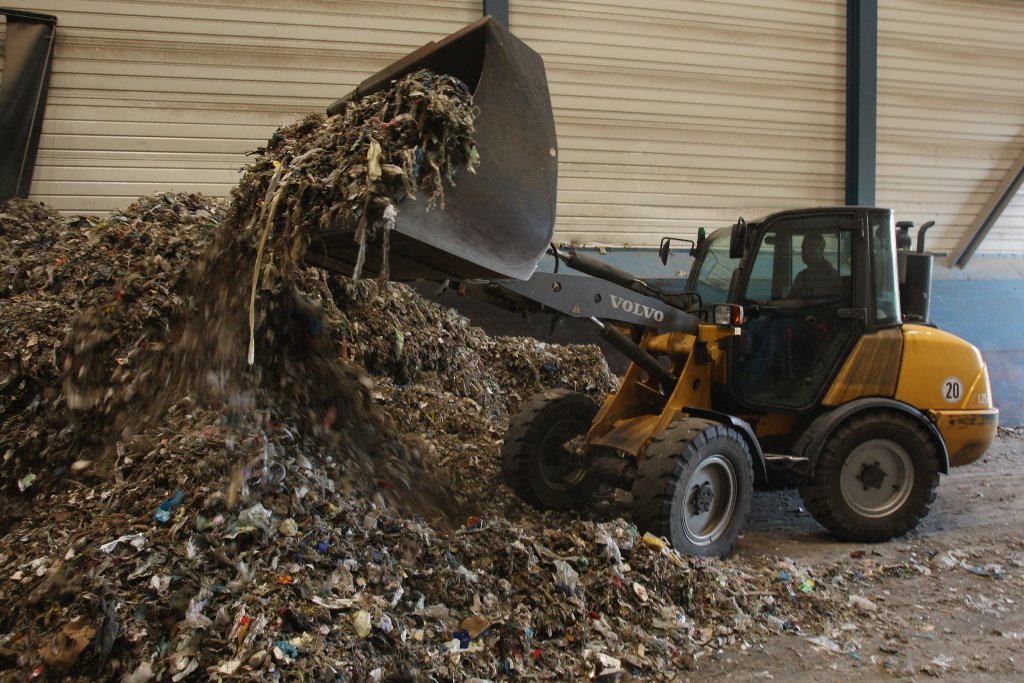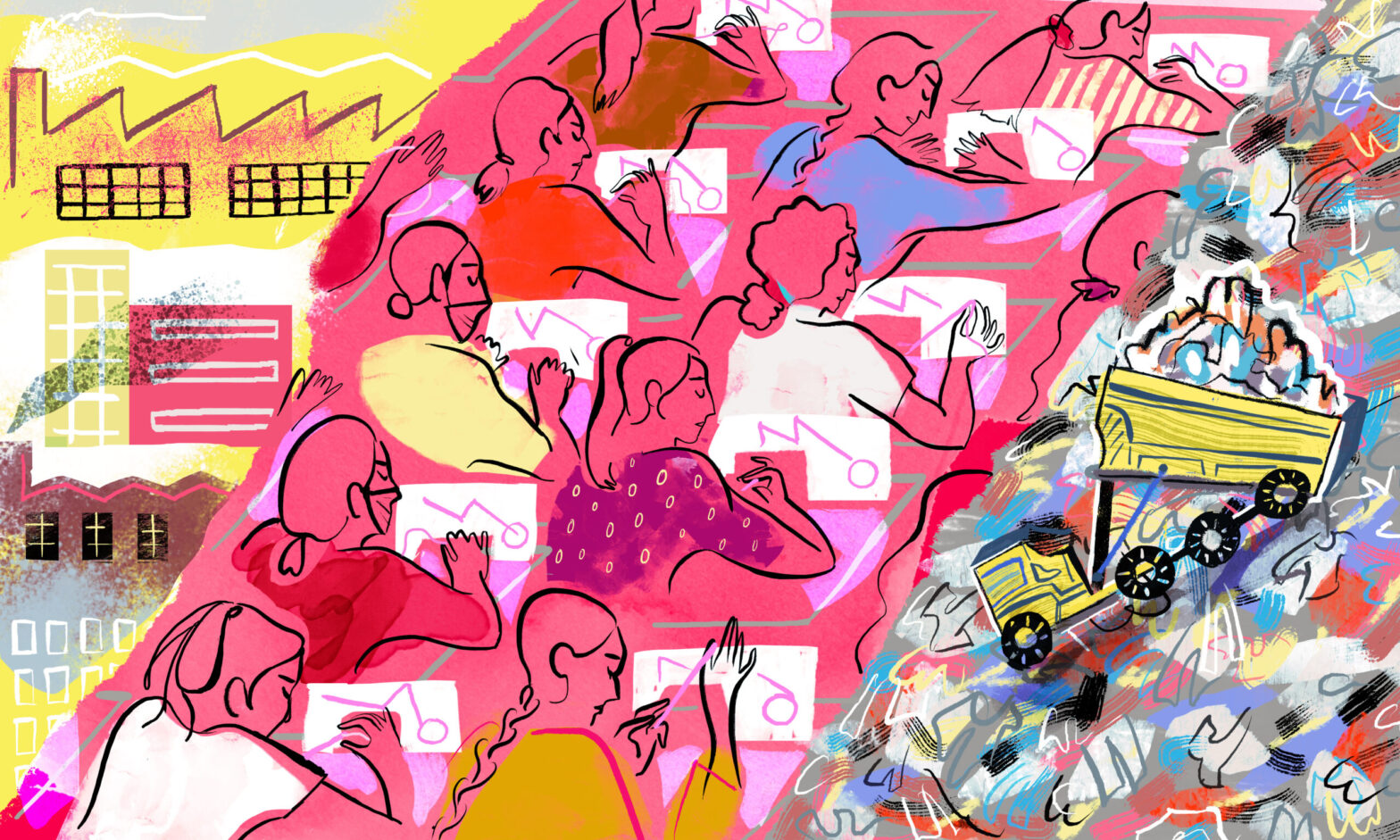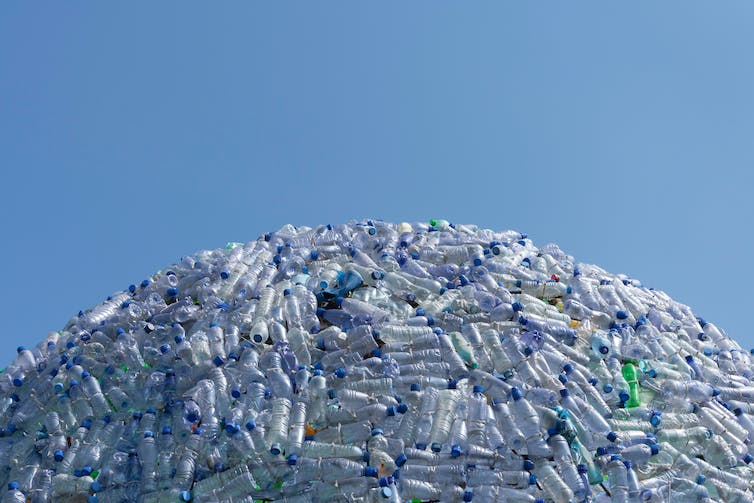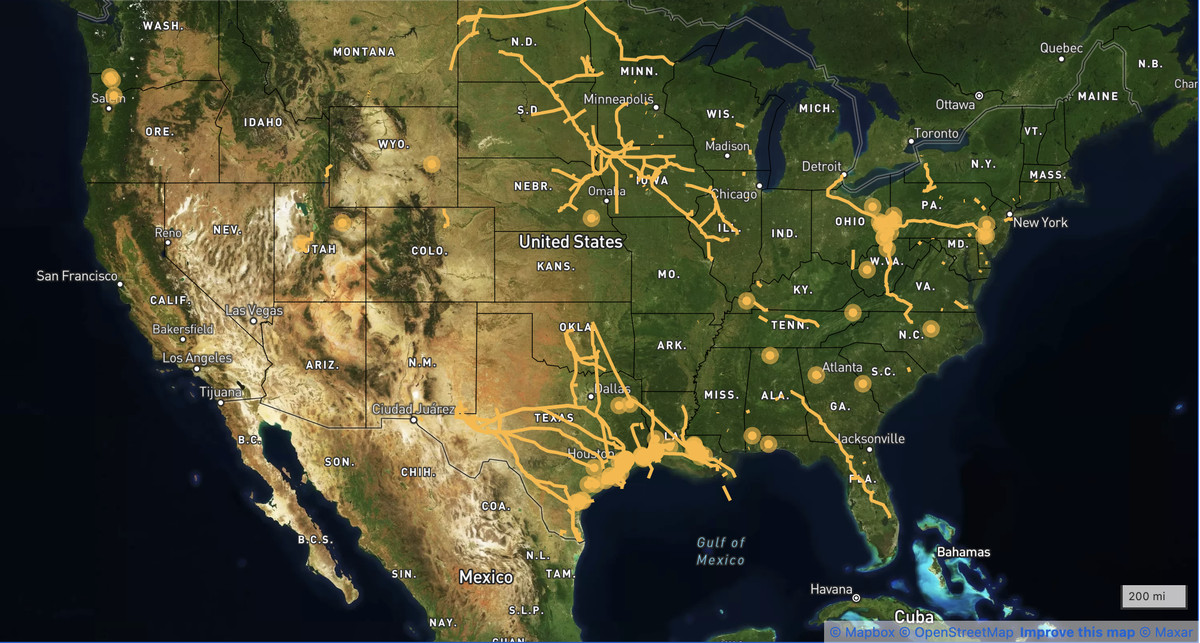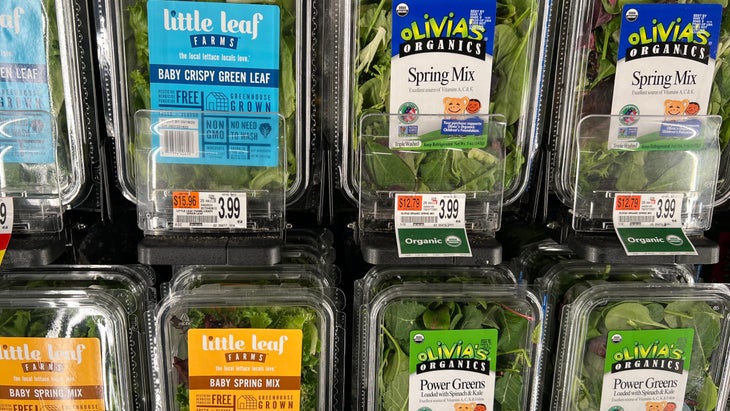For decades, a sprawling plastics facility on the James River has been the crown jewel of Hopewell’s industrial hub.Under different names, including Honeywell and Allied Chemicals, the plant is part of the reason Hopewell earned its moniker as “the chemical capital of the South.”It’s currently owned by Parsippany, New Jersey-based AdvanSix and is a descendent of the company responsible for the 1975 Kepone disaster, which shut down fishing in the James for years.Regulatory filings reviewed by the Richmond Times-Dispatch indicate that the plant has been flagged 66 times in the past eight years for violations of the Clean Air Act and the Clean Water Act, releasing toxic chemicals into Hopewell’s air, as well as into the James River.
People are also reading…
Hundreds of documents from Virginia’s Department of Environmental Quality and the federal EPA offer a window into how one of area’s largest factories breaks environmental law, according to the agencies.
The AdvanSix plant is seen on Thursday, March 16, 2023,in Hopewell, Virginia.
SHABAN ATHUMAN/TIMES-DISPATCH
Since 1990, the Environmental Protection Agency and the Virginia Department of Environmental Quality have had the company on their radar. According to the EPA, AdvanSix violated the federal Clean Air Act, the country’s primary air quality law, every month over the past two years.The Hopewell factory is one of the world’s largest production sites for caprolactam, a chemical used to make a strain of nylon known as Nylon 6. The product shows up in seatbelts, tires, clothing and rugs.The plant sits at the southern end of the small city, within a mile of more than 900 residences, including public housing projects and a more affluent stretch of the neighborhood known as City Point. It commands about a half-mile of real estate overlooking the James River.’Patterns of noncompliance’On March 29, 2022, the plant released a mist containing 7.23 tons of sulfuric acid, which the Centers for Disease Control and Prevention considers toxic even in small amounts. The leak came from equipment that inspectors had asked the company to repair years before, records show.On May 6, regulators wrote to the plant’s manager to discuss more than 390 tons of sulfur dioxide that the company had released over 10 years, records show. Each year, their machinery had blown past its sulfur dioxide limitation, releasing more than 113 times the limit allowed by the state, they said.Sulfur dioxide is a harmful gas tracked by the EPA. The gas can damage the human respiratory system, particularly for children or people with asthma. The EPA says it’s also harmful to trees, contributing to acid rain. AdvanSix said this release was still within the limit of their overall permit.
The AdvanSix plant in Hopewell is shown in March 2018. The manufacturing center has been repeatedly cited by regulators, state and federal documents show.
DANIEL SANGJIB MIN/TIMES-DISPATCH
Between 2015 and 2016, AdvanSix released at least 5 excess tons of a gas called phenol. The company told regulators about the release on Jan. 26, 2018, nearly two years later, filings show. Phenol can cause gastrointestinal damage, cardiovascular disease after long-exposures, and respiratory and skin damage at high levels of exposure, according to the CDC.The factory has also been polluting directly into the river, the reports show. EPA said the agency had documented “numerous and significant exceedances of stormwater benchmarks.” The state also flagged the release of millions of gallons of cooling water into the James.Chemical runoff, particularly nitrogen runoff, creates dead-zones in the watershed around Hopewell. Dead-zones indirectly kill life in the river. Scientists who study the bay say dead-zones are a known problem in the Hopewell area, where the river widens to the size of a lake.The Times-Dispatch has published a full link to the violations at richmond.com.
Luca Powell
Advansix says most violations were promptly corrected, and said that a majority of regulators findings were actually self-reported by the company.“At AdvanSix, we are committed to being good partners and neighbors in the communities in which we operate,” said Janeen Lawlor, a spokesperson for the company. “This commitment includes a strong focus on ensuring responsible environmental stewardship and strict compliance with all regulatory requirements.”Lawlor said the company has spent millions of dollars upgrading the Hopewell plant. AdvanSix said it is committed to transparency and engaging with regulators, and that all of the water compliance issues had been addressed. State regulators offered a different perspective. Virginia Department of Environmental Quality spokesperson Aaron Proctor described the plant as having “patterns of noncompliance” dating back as far as 1990, when the facility was owned by Honeywell.In 2013, the VDEQ and the EPA brought Honeywell to the table to pay $3 million in damages for releases of benzene, a toxic gas, as well as “failing to control nitrous oxide and particulate matter emissions.”Two years later, Honeywell was hit with another consent order and made to pay $300,000 in civil charges. This time, the company had spilled a cocktail of lethal chemicals into the James River, killing more than 2,000 fish.And in each subsequent year since then — except 2020 — the plant’s managers have received notices from regulators about gas leaks, spills, monitoring failures, and reporting issues – first when it was owned by Honeywell, and then continuing into its current ownership by AdvanSix.The agency is slowly building a case to make the plastic producer comply with environmental rules. The state has the authority to file an injunction or fine the company. To do either, all that state lawyers need to prove is the potential for harm, according to a VDEQ manager familiar with AdvanSix’s case.Eric Schaeffer, who served as head of enforcement at the federal EPA under President Bill Clinton, reviewed the factory’s regulatory records. Schaeffer now heads the Environmental Integrity Project, a Washington, D.C-based nonprofit group that investigates pollution at U.S. plants.Schaeffer said that he was surprised regulators hadn’t done more to penalize AdvanSix. The company was fined $50,000 in 2022 for its most recent offense. That same year, the AdvanSix announced $171 million in income, a slice of which the company used to perform stock buybacks.
Luca Powell
“That’s not gonna do it. It’s just not going to do it,” said Schaeffer. “Especially when you have a repeat situation like this one. When the penalties are too small, I almost think of them as fees. It’s not enough to even qualify as a penalty.”Schaeffer described the releases as “significant violations.”“Benzene is a class A carcinogen, and at pretty low levels of exposure. Phenol’s bad news. And sulfur dioxide reacts with ammonia to make fine particles, which are nasty and have a very high public health price,” Schaeffer said.’Cleaner air to breathe, pure water to drink’The Hopewell plant is one of five mega-facilities in the Prince George County community, where manufacturing has been an economic staple of generations. Pollutants released from the plant create potential health hazards in a community with one of the highest rates of poverty in Virginia. Hopewell’s life expectancy is five years lower than the state average. Its cancer mortality rate is nearly double the state average, and its rates of hospitalization for asthma stand at three times the Virginia norm, according to state data.The city’s public health district said the Hopewell health trends are “concerning,” but hesitated to draw any clear links.“Life expectancy rates can’t be attributable to any single determinant,” said Julie Thacker, population health manager for the Crater Health District. Thacker said air quality was among a number of other factors, including access to healthcare and rates of poverty.Schaeffer says those warning signs aren’t an excuse, although they are a common refrain he heard in his time at the EPA.AdvanSix statement”As an American Chemistry Council Responsible Care company with all sites RC14001 certified, we have a sharp focus on the safety and sustainability of our operations. We actively engage with local officials, regulatory agencies and our communities to help safeguard the environment and innovate to make products and processes safer. We are dedicated to proactively identifying – and self-reporting – opportunities for improvement. Our local community can be assured that the safety, health and well-being of our local community is our top priority.” Janeen Lawlor, AdvanSix spokesperson“If there are a lot of other (health) factors, the last thing you want is a bunch of chemicals in the air,” Schaeffer said.Some of the houses nearest to AdvanSix include Hopewell’s City Point, a higher-end suburban neighborhood near Waterfront park, where Gen. Ulysses Grant’s Civil War headquarters still stand.Even closer to the plants are the Davisville and Bland houses — a predominantly Black federal housing project less than a mile from AdvanSix’s smokestacks.Mike Harris, a Hopewell City Council member, lives in the Davisville neighborhood. His house faces directly onto the plant.
Mike Harris, Hopewell city councilman for Ward 2.
“At night is when the light show begins,” said Harris, referencing the spouts of smoke and flame that make a dramatic painting against the night sky. He can watch the performance from his window.Harris is a new face in Hopewell City government, but grew up in the neighborhood in the 1950s and 1960s. He ran to represent the Davisville ward — Ward 2 — by advocating for the basics. “Cleaner air to breathe, pure water to drink,” reads one of his campaign posters.Five years ago, Harris said, the city and federal HUD partners had planned to tear down the Davisville project, citing hazardous health conditions from nearby industry. The plan fell apart as resistance to being relocated and zoning ordinances created hurdles.Harris, 73, said the City Council had never been told about any leaks from the plant. After his election in November, Harris was invited to lunch by an AdvanSix lobbyist, he said. About the AdvanSix plantTHE FACTORY AdvanSix is a plastics producer in Hopewell, Virginia. It manufactures nylon, which is used in rugs, tires, and seatbelts. The massive complex of buildings covers about 200 acres. THE COMPANY AdvanSix, based in Parsippany, New Jersey, is a publicly traded company with reported a net income of $172 million in fiscal year 2022. The company has plants in Frankford, Pennsylvania; Bucks, Alabama; and Portsmouth, Chesterfield and Hopewell. HOPEWELL PLANT The company is under scrutiny by the Virginia Department of Environmental Quality. The violations include: Illegal release of over 390 tons of sulfur dioxide, a hazardous air pollutant.Illegal release of ammonia, hydrogen sulfide, and benzene into Hopewell’s ambient air.Misreporting nitrogen levels of runoff into the James River.Harris said the company lobbyist never mentioned the violations, but did bring up an $8 million special tax that the company pays to the city.“They never said anything to us about these violations,” said Harris. “And when I told my peers on the City Council, they said, ‘Michael, what are we going to do about it?’”AdvanSix declined to make local plant managers available for an interview.The town’s mayor, John Partin, is a former AdvanSix employee. Partin says they’ve pushed the company to do more by raising taxes on the plant to help fund projects for the city.”I think it’s concerning,” said Partin, who explained that he hadn’t been notified of the pollution violations either. “That’s why I’m reaching out to see what can be done to make sure we’re holding the company accountable.”Legally, the company has a permit that allows them to dump over 1 million pounds of nitrogen into the river each year, more than any other company in Virginia. That is as much nitrogen as is produced by Henrico County, which has a population of over 300,000, according to state permit records.
The AdvanSix plant is seen on Thursday, March 16, 2023,in Hopewell, Virginia.
SHABAN ATHUMAN/TIMES-DISPATCH
AdvanSix secured the nitrogen allowance in the wake of its numerous consent orders and controversial history. In 1975, a company called Allied Chemical was dumping a toxic pesticide called Kepone in the Chesapeake Bay between 1966 and 1975. Allied then bought Honeywell in 1999, later spinning off Advansix in 2016.Across the street from AdvanSix is a massive Dominion Energy power plant, as well as industrial plants that produce paper, chemicals, and food additives.AdvanSix is among the largest, commanding premium space along the James River waterfront, as well as a railway that allows the plant to bring in chemicals from across the country by train. The Hopewell plant is one of four owned by company, which also operates a Nylon 6 plant on Bermuda Hundred Road in Chesterfield.In 2021, company CEO Erin Kane issued a sustainability report, lauding the company’s platinum rating for corporate social responsibility, which was issued by an independent group called EcoVadis.
The AdvanSix plant is seen on Thursday, March 16, 2023,in Hopewell, Virginia.
SHABAN ATHUMAN/TIMES-DISPATCH
The report “reflects our commitment to continuously improving our health, safety and environmental performance to best serve our customers, our key stakeholders and the communities where we live and work,” Kane said.That same year, however, AdvanSix was cited again by state regulators — this time for giving the state misleading readings of how much nitrogen one of their drains was releasing into the James River, according to a DEQ violation report.A drain that should have been releasing 56 milligrams per liter of nitrogen was actually releasing 1270 milligrams per liter, more than 20 times what their discharge records said.
📷 The Times-Dispatch’s ‘Photo of the Day’
Jan. 1, 2023
Cleveland Browns running back Nick Chubb (24) carries the ball as Washington Commanders cornerback Danny Johnson (36) tries to stop him during the first half of a NFL football game between the Cleveland Browns and the Washington Commanders on Sunday, January 1, 2023 in Landover, MD.
Shaban Athuman/ RICHMOND TIMES-D
Jan. 2, 2023
Sharon MacKenzie of Mechanicsville walked with her friend Cindy Nunnally and her golden retriever, Sunny, during a GardenFest for Fidos at Lewis Ginter Botanical Garden on Jan. 2.
Eva Russo, Times-Dispatch
Jan. 3, 2023
People remember eight-year-old P’Aris Moore during a vigil in Hopewell Tues., Jan. 3, 2023. Moore was shot and killed while playing in her neighborhood.
ALEXA WELCH EDLUND/TIMES-DISPATCH
Jan. 4, 2023
UR’s Jason Nelson presses down court as George Washington’s Brendan Adams, left, and Hunter Dean defend in the Robins Center Wednesday, Jan. 4, 2023.
ALEXA WELCH EDLUND/TIMES-DISPATCH
Jan. 5, 2023
Manchester’s Olivia Wright reaches in on James River’s Alisha Whirley at James River Thursday, Jan. 5, 2023.
ALEXA WELCH EDLUND/TIMES-DISPATCH
Jan. 6, 2023
Daron Pearson plays basketball at Smith Peters Park in the Carver neighborhood on Friday, January 6, 2023 in Richmond, Va.
Shaban Athuman/ RICHMOND TIMES-DISPATCH
Jan. 7, 2023
UR’s Tyler Burton takes a shot as Duquesne’s Joe Reece defends Saturday, Jan. 7, 2023.
ALEXA WELCH EDLUND/TIMES-DISPATCH
Jan. 8, 2023
Park ranger Bert Dunkerly leads a walking tour of Revolutionary Richmond on the grounds of the Chimborazo Medical Museum in Richmond on Jan. 8. The tour was part of a multiday annual event interpreting Richmond’s Revolutionary history, including the capture of the city by British General Benedict Arnold on Jan. 5, 1781.
EVA RUSSO, TIMES-DISPATCH
Jan. 10, 2023
Bon Secours Richmond Community Hospital COO Joey Trapani and Richmond City Councilwoman Cynthia Newbille react after cutting the ribbon to commemorate the opening of the East End Medical Office Building on Tuesday. Bon Secours Richmond Market President Mike Lutes (left) and Del. Delores McQuinn, D-Richmond, were also part of the festivities.
EVA RUSSO/TIMES-DISPATCH

